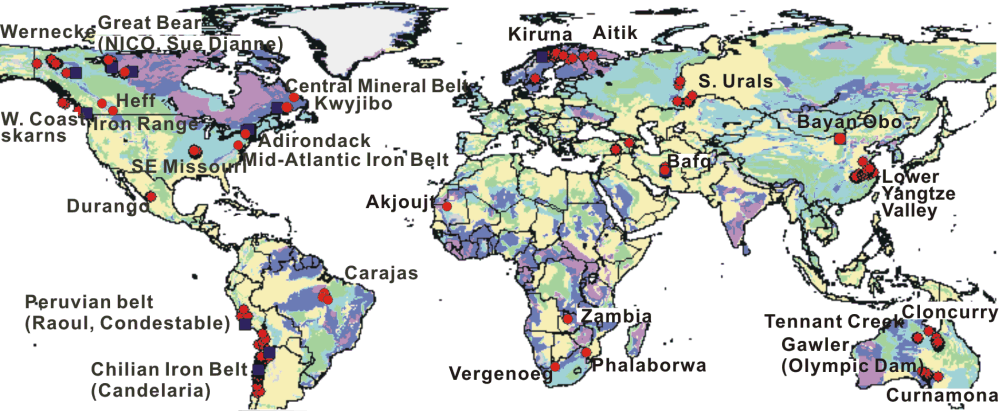 Figure 1:  Figure 2: カナダ地質調査所(Geological Survey of Canada)による『Mineral Deposits of Canada Maps of deposits and resources(world)』から |
Iron Oxide Copper-Gold (+/-Ag,+/-Nb,+/-REE,+/-U)
Deposits: A Canadian Perspective
by Louise Corriveau
Contents of this page:
Abstract
Definition: IOCG Deposit Types
Economic Characteristics
Exploration Properties
Canadian Metallogenic Districts
Genetic and Exploration Models
Acknowledgement
References
Tables
Figures
Appendices
Iron oxide copper-gold (±Ag ±Nb ±P ±REE ±U) deposits form a particularly attractive target for mineral exploration in Canada as they can host significant resources in base, precious and strategic metals and are under-explored across the country. This new deposit type includes a large spectrum of sulphide-deficient, mono- to polymetallic breccias, veins, disseminations and massive lenses with more than 20% low-Ti magnetite and/or hematite. Lithological hosts and ages vary to the point of being non-diagnostic. In contrast, regional calcic-sodic alteration, focused potassic and iron oxide alterations, and coincident aeromagnetic and gravity highs are very diagnostic. These hydrothermal deposits are associated with large-scale continental A- to I-type granitic suites with intermediate and mafic facies, alkaline-carbonatite stocks, and/or crustal-scale fault zones. Exploration has targeted intracratonic rift environments for some time. This paradigm is being revised, now that an anorogenic rift setting has been discarded for the 3810 Mt Olympic Dam deposit in Australia, the giant deposit that guides IOCG exploration since its discovery. Shallow- to mid-crustal intracratonic, intra-arc or back-arc continental extensional settings, and late- or post-orogenic settings are currently considered prospective for IOCG deposits, especially those formed at the margins of Archean cratons. Though there is no producing IOCG mine in Canada, three IOCG deposits are known and exploration is accelerating in prospective Proterozoic granitic, gneissic or sedimentary belts of the Canadian Shield and the Cordillera as well as Phanerozoic settings in the Appalachian and Cordilleran orogens. Exploration for IOCG deposits require a multidisciplinary outlook to geology because of the intrinsic diversity of this deposit type but already the search for such deposits is opening up new ground to exploration, both outside and in the shadows of current Canadian mining camps, and provides a mean to re-classify and better appreciate disparate Cu, Au, Ag, Fe showings.
 Figure 1:  Figure 2: カナダ地質調査所(Geological Survey of Canada)による『Mineral Deposits of Canada Maps of deposits and resources(world)』から |